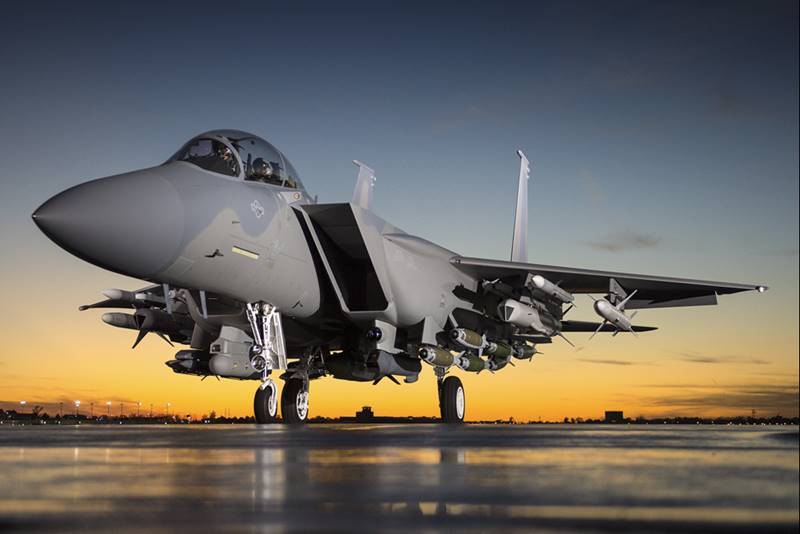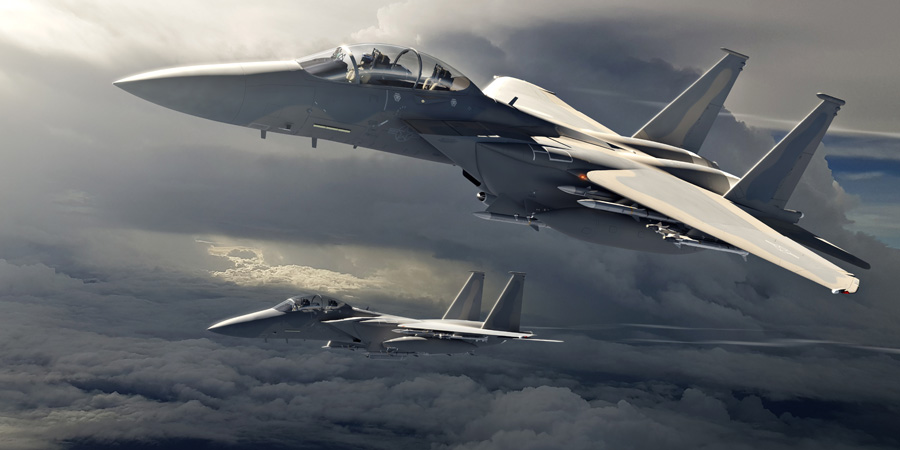The U.S. DSCA in charge of arms transfers has just given its approval for Indonesia to buy F-15EXs. This would allow the country to build a Rafale/F-15EX pair for the Indonesian Air Force.
A Dassault-Boeing competition
Last week, the Minister of the Armed Forces announced Indonesia's purchase of 42 Rafales (see our detailed article here). However, Jakarta is not closing the door on the other aircraft in the running, namely, the F-15EX. With this in mind, the U.S. arms export agency (Defense Security Cooperation Agency, DACA) issued an authorization on Feb. 10 for a future F-15ID order by Indonesia (the name of the future Indonesian F-15EX).
Jakarta has been in the habit of buying its military equipment from different suppliers since it suffered a U.S. arms embargo between 1999 and 2005 as a result of its involvement in East Timor. In the early 2010s, the question of renewing its fleet of combat aircraft arose: Washington offered second-hand F-5s, but their lifespan was limited to 2020. Jakarta therefore had no choice but to buy new and newer aircraft, such as the Su-35, the Rafale and the F-15EX. In 2016, the Indonesian Air Force had to prematurely dispose of its 16 F-5s for safety reasons, as they had become too complicated to maintain. Since 2016, Jakarta has had a hole in its fleet of fighter aircraft. It is initially the acquisition of Sukhoi Su-35 which is considered before a cancellation (see our article on the subject following this link).
Towards a complementary pair
The Rafale is an omni-role fighter, developed for multiple attacks (air-to-air, air-to-ground, air-to-sea) without the need to land to change configurations. The F-15EX is a multi-role fighter with the objective of having maximum payload capability. The F-15EX is thus a real weapons truck (in air-to-air configuration, it can carry 24 medium-range AIM-120 missiles, for example).
The Rafale, on the other hand, has several advantages over the F-15EX, in particular it is much stealthier than the latter. Indeed, the F-15EX holds a radar cross-section about 100 times greater than that of the Rafale, which implies that an F-15EX is detectable at a distance four times greater than that of the Rafale against an enemy radar. The F4 standard should also further improve the stealth of the Rafale, giving it an even smaller radar-equivalent area than the 0.1 square meters seen so far. The Rafale also has MBDA's Meteor air-to-air missile with a longer range than its U.S. equivalents, and its operating cost is much lower, at around €15,000 per flight hour compared to a target of $27,000 per flight hour for the F-15EX.


Découvrez cet article sur Air&Cosmos

